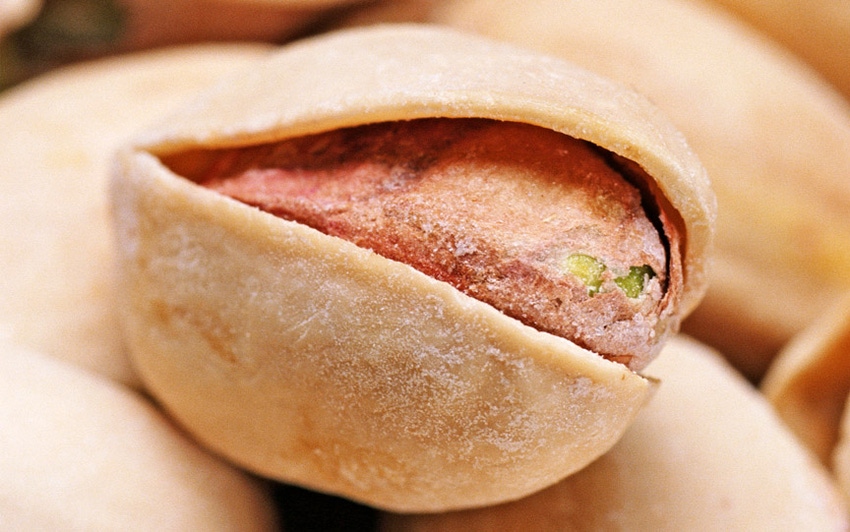
Higher prices have helped offset the impact on California’s pistachio growers of their smaller-than-expected 2013 crop. While growers enjoy the higher prices, they are also striving to ensure production can keep up with demand.
As the new year gets underway growers are looking at the prospect of receiving a final price for their 2013 crop that may exceed that of their 2012 crop, when final prices were already among the highest ever.
One reason is the quality of the product. Much of that is due to the success of growers in controlling last season’s unusually high navel orange worm pressure.
“The nuts were a slightly smaller than in 2012,” says Jim Zion, managing partner of Meridian Nut Growers. “But, shell color was good and insect damage was minimal. Overall, it was one of the better crops we’ve seen. I just wish we had more of it.”
At one time, the industry was expecting 2013 production to total around 550 million pounds in-shell. However, the final figure fell short of that by some 75 million pounds to an estimated 475 million pounds. Final numbers will be released to the industry mid-December.
Some growers attribute the reduction to poor weather during pollination last spring. Limited supplies of irrigation water may also have played a role. Regardless of the cause, the end result was a high percentage of blanks, which offset yields from new orchards that came into production for the first time last year.
Zion offers an example from his orchards.
“This past season, our trees looked like they were loaded with anywhere from about 4,500 to 6,000 pounds of nuts per acre,” Zion says. “But, because of all the blanks, the actual yields were more like 3,000 to 4,000 pounds per acre.”
Meanwhile, shipments of 2013 pistachios through the first quarter of the new-crop marketing season, which began Sept. 1, outpaced year-earlier volumes. That has firmed up pistachio prices. But, it also could mean possible limited supplies later in the season, notes Zion, who also serves as chairman of the American Pistachio Growers.
“We need about 75 to 100 million pounds of pistachios in warehouses to insure no disruptions in supply transitioning from one crop year to the next,” he says. “Unless shipments of the 2013 crop slow down we could run out of product before the 2014 crop comes in. We don’t want that to happen. We’ve done a great job in building a strong demand for pistachios and we want consumers around the world to be able to find pistachios when they go to the store.
Another issue facing the industry at the start of 2014 is how new rules designed to protect groundwater from fertilizer nitrate contamination will affect growers. Growers are also questioning the number of University of California Cooperative Extension positions left open by retiring farm advisors over the last several years.
But, overshadowing all these concerns, Zion says, is the most alarming one – availability of water to produce the 2014 crop.
“Within all the tree nut circles everyone is wondering if we’ll have enough water and at what cost,” he says. “Water has become one of the most significant factors affecting the growth of our industry.
More from Western Farm Press
AK-47 rifle was agriculture’s giant loss?
About the Author(s)
You May Also Like




